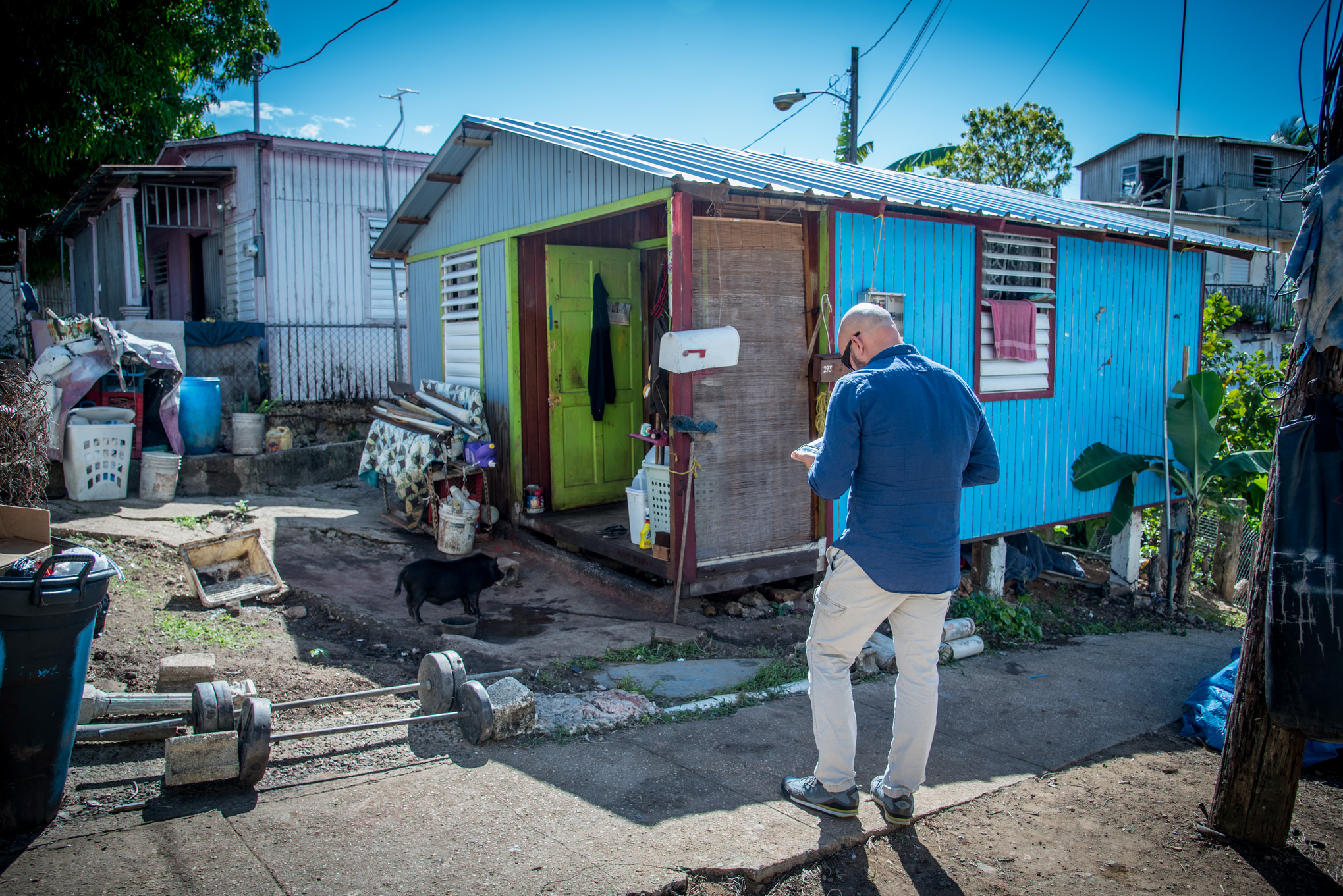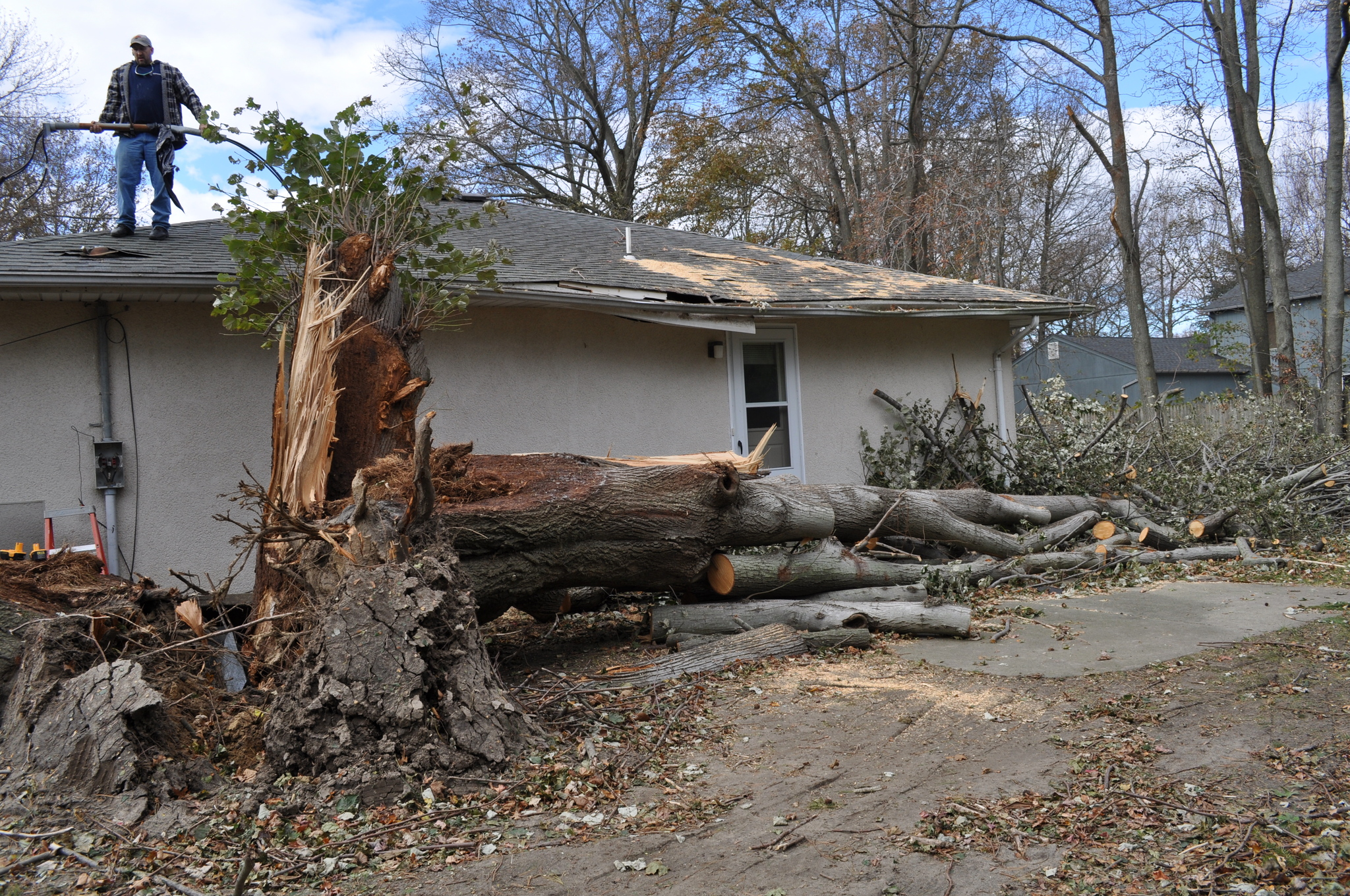Throughout FEMA’s history there have been disasters that have caused massive change in legislation and, in some cases, have been catastrophic enough to cause FEMA to reshape the way it operates. The following disasters are considered historical because of how they impacted the way we handle similar disasters in the future.
Hurricanes Irma, Maria and Harvey
Irma
Incident Period
September 4, 2017 - September 20, 2017
Major Disaster Declared
September 7, 2017
Maria
Incident Period
September 16, 2017 - September 22, 2017
Major Disaster Declared
September 20, 2017
Harvey
Incident Period
August 23, 2017 - September 15, 2017
Major Disaster Declared
August 25, 2017
In 2017, the nation faced a historic Atlantic hurricane season. The effects from consecutive hurricanes Harvey, Irma and Maria were widespread, causing long-lasting damage across the southern continental U.S. and surrounding islands, as well as Puerto Rico and the U.S. Virgin Islands. Our agency brought together the community in a way it had never done before. We managed the coordination of resources across multiple locations during consecutive storms and deployed large numbers of federal personnel before and after the storms' landfall to provide assistance to survivors and communities.
Hurricane Maria recovery efforts are ongoing and will be one of the largest post-disaster humanitarian and reconstruction efforts in our history.
Read our 2017 Hurricane Season After Action Report.

California Wildfires
Incident Period
October 8, 2017 - October 31, 2017
Major Disaster Declared
October 10, 2017
In addition to the devastating 2017 hurricane season, in October of the same year, communities in Northern California were ravaged by fast-moving wildfires. The unprecedented and rapid succession of disasters transformed the way we look at emergency management and focused our efforts to build a culture of preparedness, ready the nation for catastrophic disasters, and reduce our agency’s complexity – because together, we share this responsibility.
Hurricane Sandy
Incident Period
October 27, 2012 - November 8, 2012
Major Disaster Declared
October 30, 2012
Our capabilities were tested in 2012 when Hurricane Sandy affected the entire East Coast from Florida to Maine, as well as states as far inland as West Virginia, Ohio and Indiana. The storm’s effects were extensive, leaving millions without power, destroying hundreds of thousands of homes and causing tens of billions in damages. Hard-working team members of a coordinated federal, state and local response worked around the clock to restore power, public transportation, critical infrastructure and services. We also leveraged the DHS Surge Capacity Force as a force multiplier to ensure a comprehensive response in aiding those impacted. Congress later passed the Sandy Recovery Improvement Act of 2013 to streamline the recovery of public infrastructure and to allow federally recognized tribes to directly request a presidential declaration.
Hurricane Katrina
Incident Period
August 29, 2005 - November 1, 2005
Major Disaster Declared
August 29, 2005
The historic Hurricane Katrina made landfall in Mississippi, causing large-scale devastation along the Gulf Coast, leaving more than 1,800 people dead, displacing families to all 50 states, and resulting in billions in losses to infrastructure and the economy. The federal government’s response to the extensive and disruptive impacts of Hurricane Katrina faced criticism, which caused a significant reevaluation of the execution of federal disaster response efforts and resource allocation. As a result, Congress passed the Post-Katrina Emergency Management Reform Act of 2006.
This act defined our primary mission and designated our FEMA Administrator as the principal advisor to the president, the Homeland Security Council, and the secretary of Homeland Security for all matters relating to emergency management in the U.S. This act also codified into law the key principle that FEMA may provide accelerated federal assistance and support where necessary in the absence of a specific request by a state to save lives and prevent suffering.
California Northridge Earthquake
Incident Period
January 17, 1994 - November 30, 1994
Major Disaster Declared
January 17, 1994
The Northridge Earthquake of 1994 tested the new reforms that followed Hurricane Andrew. We successfully leveraged innovations in technology to create service centers that enabled survivors to apply for federal assistance over the phone, rather than in person. Furthermore, as the value of risk-based hazard mitigation became apparent, we encouraged communities to adopt better building practices and increased outreach programs focused on building disaster resistant communities.
Hurricane Andrew
Incident Period
August 24, 1992 - August 25, 1992
Major Disaster Declared
August 24, 1992
In August 1992, the nation witnessed Hurricane Andrew destroy swaths of infrastructure across Florida and Louisiana, leaving tens of thousands of people without homes. Congress enacted reforms through the Stafford Act to streamline federal relief and recovery operations and prioritize service delivery, emergency preparedness and mitigation measures.
Hurricane Hugo
Incident Period
September 17, 1989 - September 22, 1989
Major Disaster Declared
September 20, 1989
Hurricane Hugo made landfall just north of Charleston, South Carolina, at midnight September 21, 1989, as a Category 4 hurricane with 135 mph winds. The storm’s strong winds extended far inland and storm surge inundated the South Carolina coast from Charleston to Myrtle Beach. Hours later, the storm tore through much of North Carolina. It was the strongest hurricane on record to hit South Carolina, and the second strongest hurricane — since reliable records began in 1851 — to hit the Eastern seaboard north of Florida. In South Carolina alone, FEMA provided $70 million to individuals and families for housing and other disaster-related expenses and $236 million for debris removal, public utility and infrastructure repair or replacement and emergency protective measures. According to the National Weather Service, Hurricane Hugo was the costliest hurricane on record to hit the United States at the time.





